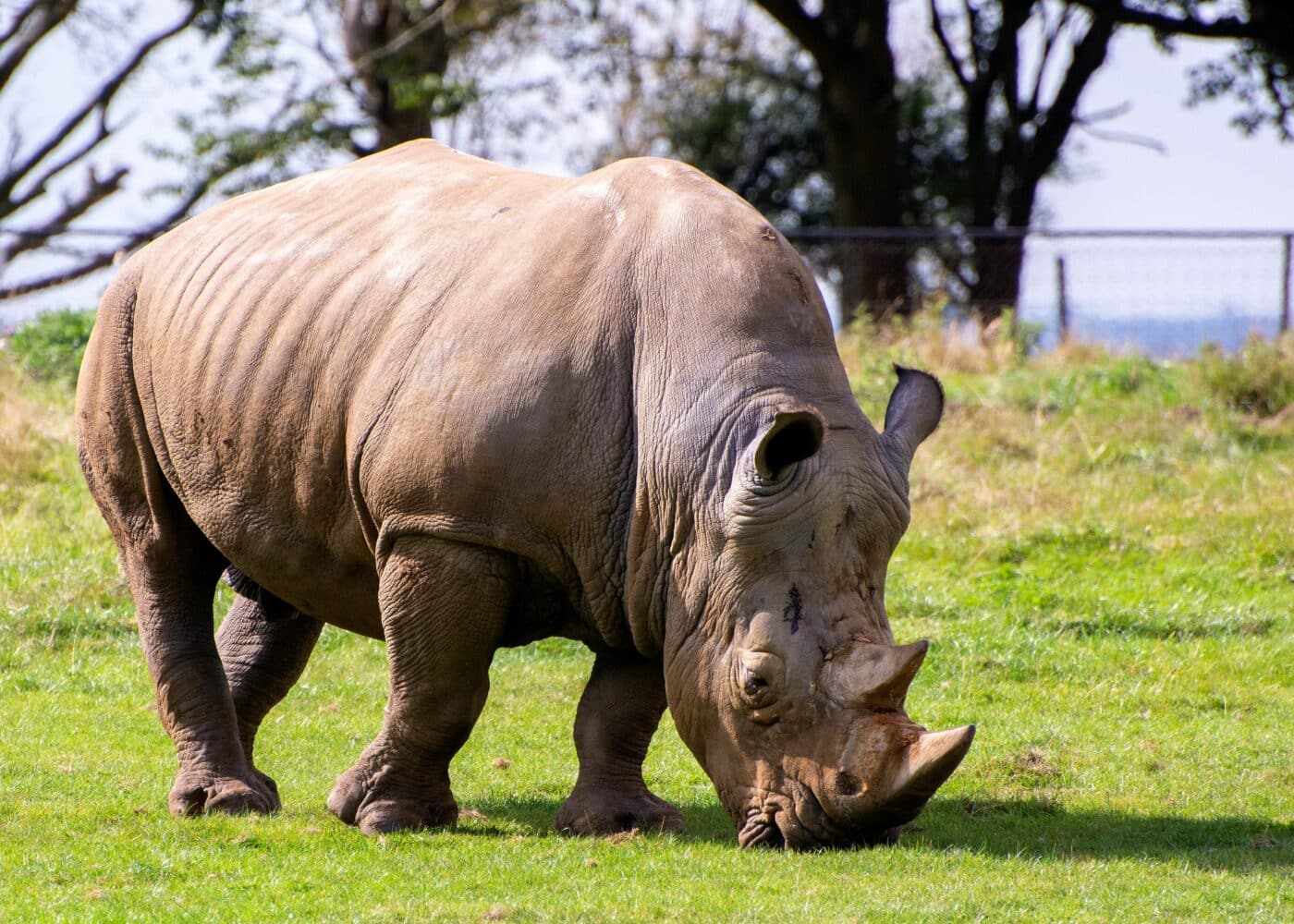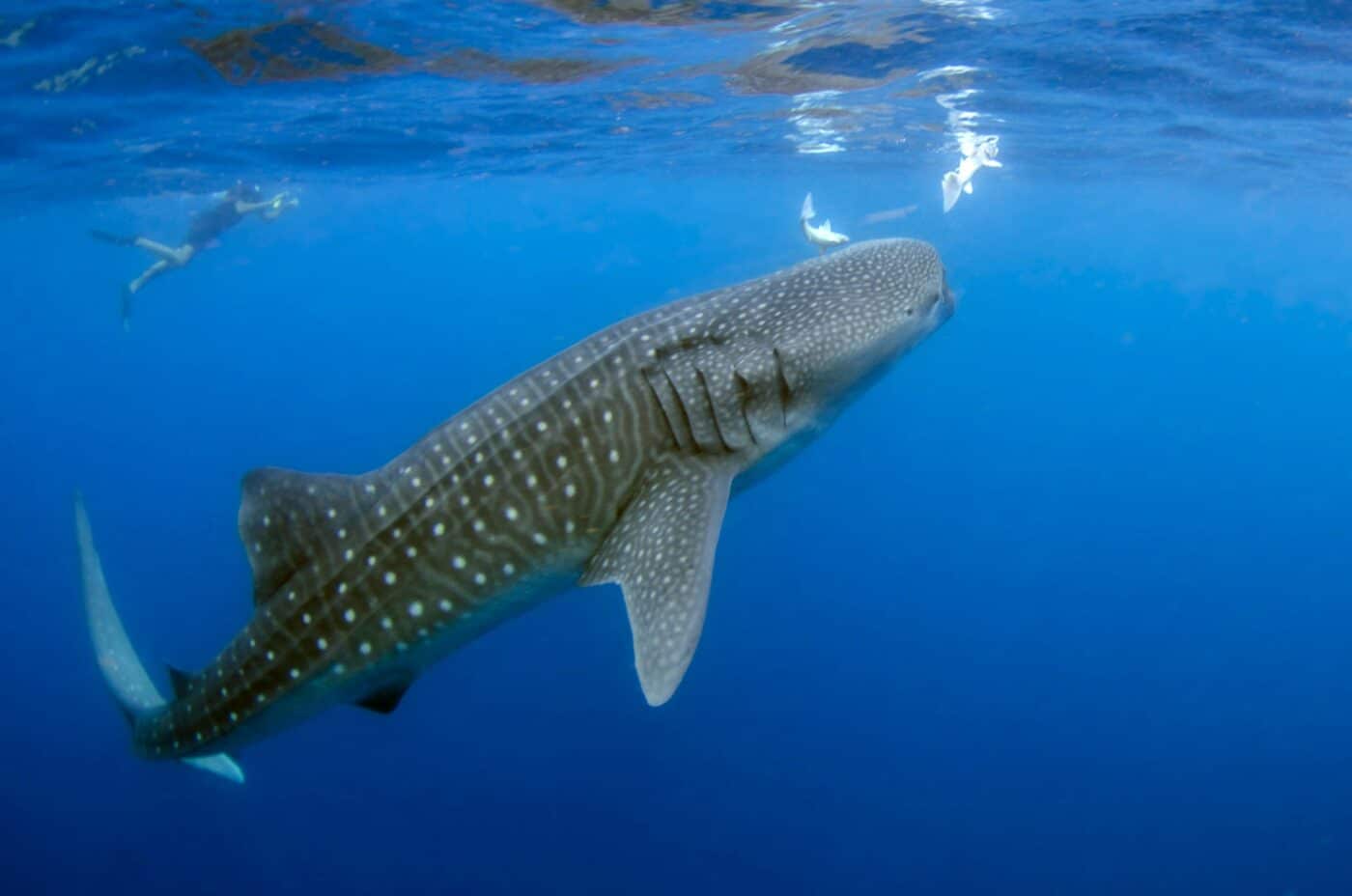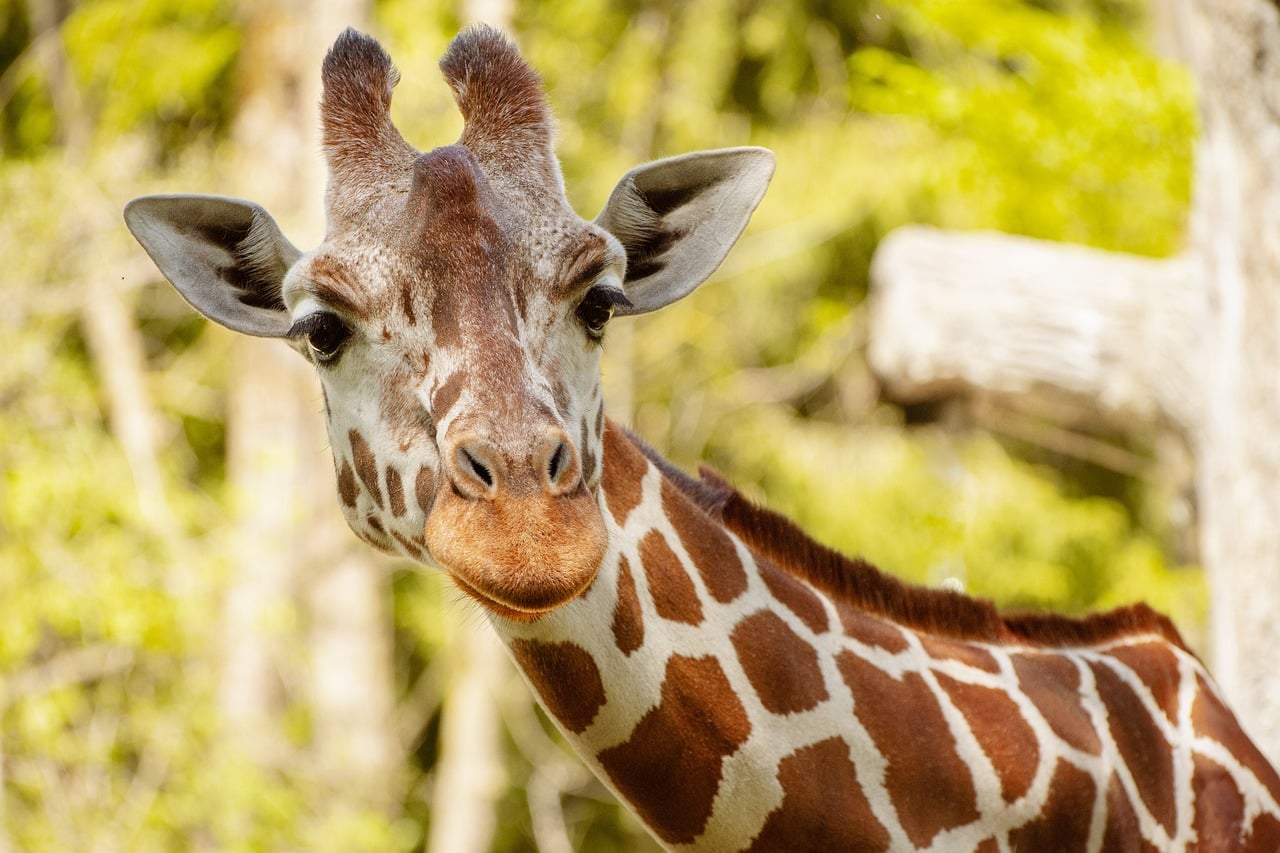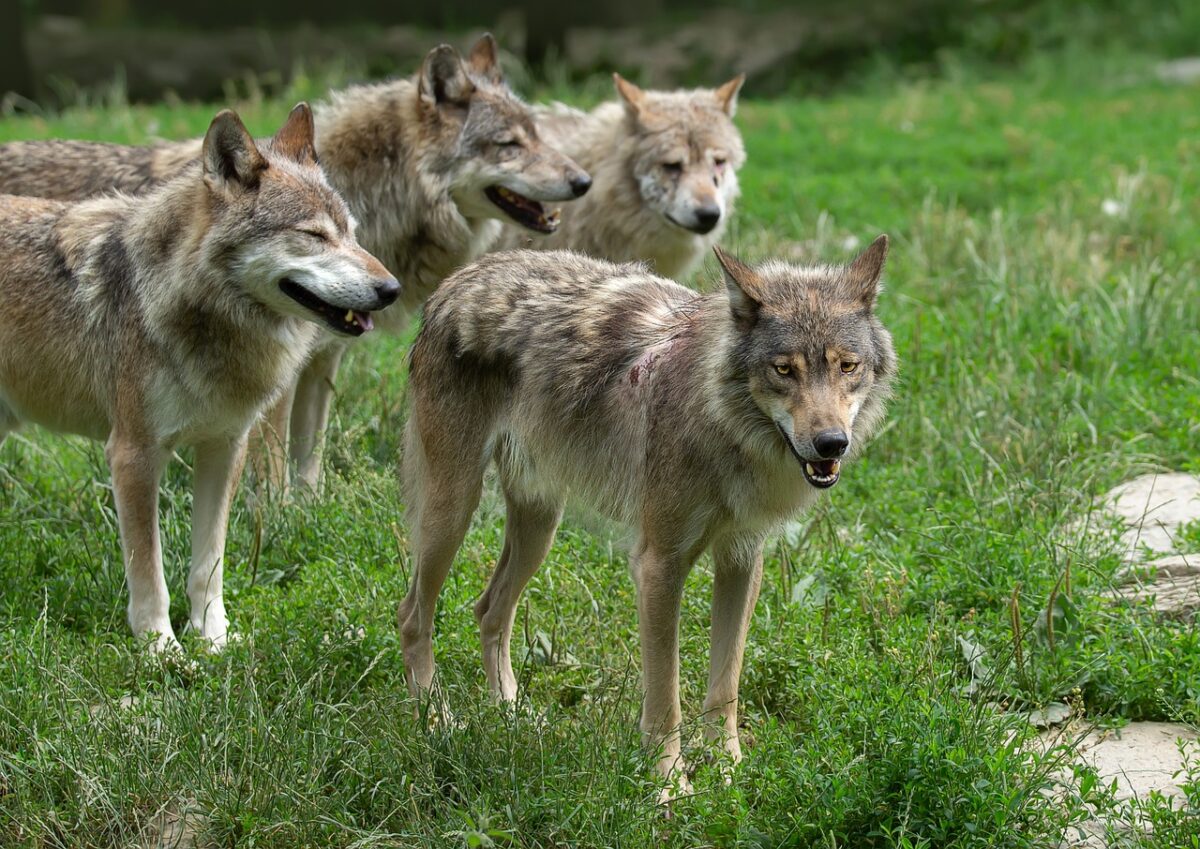 Shutterstock
Shutterstock
Regarding the animal kingdom, some creatures truly take the cake in terms of size and weight. From the vast oceans to the sprawling savannahs, these animals dominate their environments simply because of their massive proportions. While some are known for their weight due to sheer muscle mass, others rely on fat stores to help them survive in harsh climates. These incredibly heavy animals remind us just how diverse and impressive nature can be. Whether lumber on land or glide effortlessly through the seas, their size is awe-inspiring.
Blue Whale
 Shutterstock
Shutterstock
The blue whale is undisputed as the largest and heaviest animal on Earth. These ocean giants can grow up to 100 feet long and weigh as much as 200 tons (around 400,000 pounds!). Their tongue alone can weigh as much as an elephant, and their heart is the size of a small car. Blue whales feed primarily on krill, tiny shrimp-like creatures, and can consume up to 4 tons of them per day. Despite their massive size, these gentle giants move gracefully through the water, gliding at up to 20 miles per hour.
African Elephant
 Shutterstock
Shutterstock
The African elephant is the largest and heaviest land animal, with some males weighing up to 14,000 pounds. Known for their intelligence, strong familial bonds, and long trunks, African elephants are heavyweights physically and play a crucial role in their ecosystems. Their massive size requires them to eat up to 300 pounds of food daily, primarily grass, leaves, and fruit. These gentle giants use their trunks to manipulate objects, communicate, and even spray themselves with water to cool down in the scorching African heat.
Whale Shark
 Shutterstock
Shutterstock
The whale shark is the largest and heaviest fish in the world, weighing up to 40,000 pounds and growing up to 40 feet long. Despite their intimidating size, whale sharks are gentle filter feeders, consuming tiny plankton, fish eggs, and small marine creatures. They are commonly found in warm tropical waters and are known to be relatively slow swimmers. Whale sharks’ massive mouths, which can open up to 5 feet wide, help them gather large amounts of water and filter out their food.
Hippopotamus
 Shutterstock
Shutterstock
The hippopotamus is one of the heaviest land mammals after the elephant, with adult males weighing 3,000 to 4,000 pounds. These semi-aquatic giants spend most of their time submerged in rivers and lakes to keep cool, emerging at night to graze on grass. Despite their bulky and seemingly slow appearance, hippos are surprisingly agile in the water and can run up to 20 miles per hour on land. Known for their powerful jaws and sharp teeth, hippos can be aggressive when threatened, making them one of the most dangerous animals in Africa.
Giraffe
 Shutterstock
Shutterstock
While the giraffe is known more for its towering height than its weight, it is still one of the heaviest land mammals. Adult male giraffes can weigh between 2,600 to 3,000 pounds, while females are slightly smaller. Giraffes have long necks and legs, allowing them to reach leaves high in trees, particularly their favorite food—acacia leaves. Their unique stature allows them to spot predators from far away, and while they may appear lanky, their large size makes them formidable when defending themselves.
White Rhinoceros
 Shutterstock
Shutterstock
The white rhinoceros is the largest species of rhinoceros and one of the heaviest land animals. These hefty herbivores can weigh between 4,000 to 5,000 pounds, with males being larger than females. White rhinos have a wide mouth adapted for grazing on grass, and their thick skin acts as armor against predators. Despite their bulky frame, rhinos can reach up to 30 miles per hour when charging. Their signature keratin horn adds to their intimidating appearance, but sadly, it has also made them a target for poaching.
Walrus
 Shutterstock
Shutterstock
Walruses are among the heaviest marine mammals, with adult males weighing up to 3,700 pounds. These blubbery giants are easily recognizable by their long tusks, whiskers, and wrinkled skin. Walruses rely on their thick layer of blubber to keep warm in the frigid waters of the Arctic. They primarily feed on clams and other mollusks, using their sensitive whiskers to detect prey on the ocean floor. Their tusks, which can grow up to 3 feet long, are used to haul themselves out of the water onto ice and defend against predators.
Saltwater Crocodile
 Shutterstock
Shutterstock
The saltwater crocodile is the largest and heaviest reptile on the planet, with some individuals reaching up to 2,600 pounds and over 20 feet in length. Found in parts of Southeast Asia and northern Australia, these massive reptiles are known for their powerful jaws and aggressive behavior. Saltwater crocodiles are ambush predators, using their size and strength to overpower prey as large as water buffalo or sharks. Their impressive weight and stealthy hunting tactics make them a fearsome presence in their habitat.
The Weight of the Animal Kingdom
 Shutterstock
Shutterstock
The animal kingdom is filled with incredible creatures, and these eight animals top the charts regarding sheer weight. Each species has evolved from the vast oceans to the open savannahs to use its size for hunting, protection, or thriving in tough environments. Despite their differences, one thing unites them: their impressive bulk, which helps them dominate their habitats. Whether it’s a whale gliding through the sea or an elephant lumbering across the plains, their size makes them true giants of nature, commanding respect and awe in their ecosystems.

 1 month ago
8
1 month ago
8


















 English (US) ·
English (US) ·